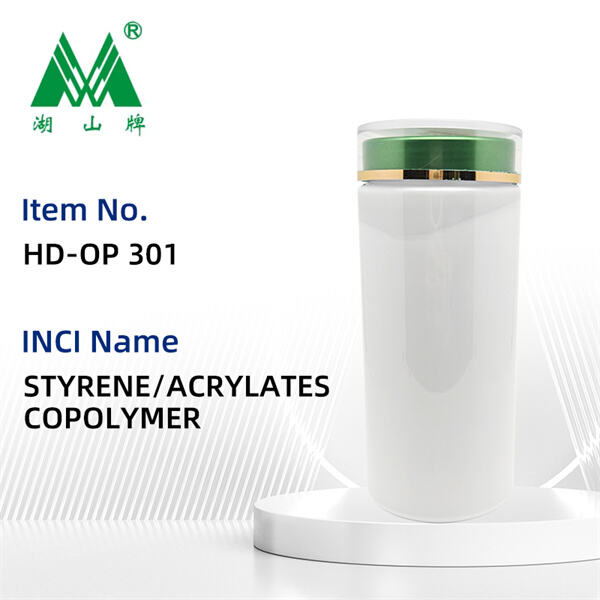Acrylate copolymer may sound like a big, fancy term, but it’s actually something you may have encountered in your everyday life without realizing it. Acrylate copolymer to put it simply is a particular variety of material fabricated from various units referred to as monomers. It is these monomers, which link together to make a chain, that provide the material's distinctive properties.
One of the factoring elements about acrylate copolymer is that it has great variability in terms of properties, which is one of the most interesting facts about acrylate copolymer. For one, it is known to be super flexible, so much so that it can bend and stretch without snapping. This means it can be used in all sorts of applications, from adhesives and sealants to even medical devices. Not only is acrylate copolymer excellent at being waterproof and withstand chemical exposure, it is also perfectly suited for demanding uses.

Acrylate copolymer has found its place in numerous industries primarily as a result of its singularity. It is used in the medical industry for products like bandages and surgical gloves because of its flexibility and strength. In construction, as for example in sealants and adhesives, use is made of acrylate copolymer to bond materials together. There are even car coatings and finishes using this substance to shield vehicles from foul weather.

As any material does, acrylate copolymer has its advantages and disadvantages. Some benefits of using this material are that it is flexible, durable, and is water and chemical-resistant. One of its drawbacks, however, is that can be costlier than the other materials hence it may not be a more economical choice for some applications. Furthermore, acrylate copolymer can be sensitive to UV light, and thus may be unsuitable for outdoor use that is exposed to sunlight.

Acrylate copolymerization has also seen continued growth as technology has advanced. Researchers and engineers are always looking for better ways to customize this material and find new applications for it. Some recent innovations include developing acrylate copolymer blends with greater flexibility and durability, and discovering new methods for making the material more sustainable and eco-friendly.